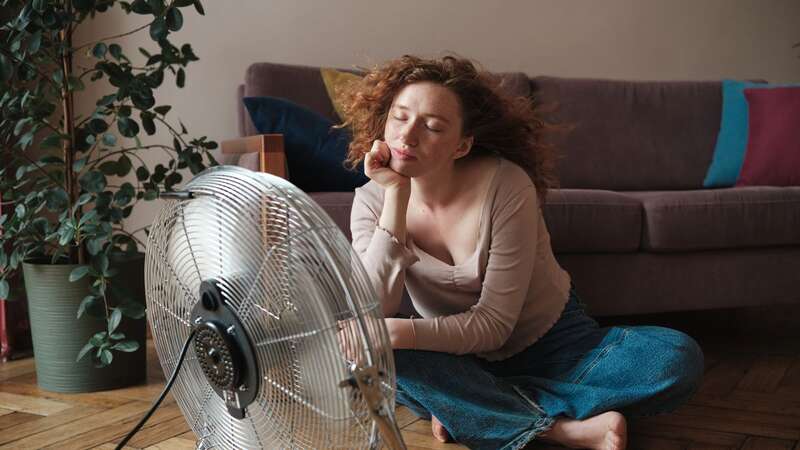Brits are gearing up for a scorching week ahead as temperatures are predicted to hit the 30C mark.
After weeks of anticipation, sun-seekers will be thrilled with the Met Office's latest forecast which projects a blast of warmth from Sunday night through to Thursday. Met Office senior meteorologist Liam Esack has confirmed: "Temperatures will increase through the week, peaking on Wednesday and Thursday with highs of 30-31C in the South East."
However, not everyone is a fan of the sweltering heat, and for some, it can pose serious health risks. The UK Health Security Agency has slapped a yellow warning across most of the country due to the surge in mercury levels, urging those at risk to stay cool indoors and keep well-hydrated.
Sun worshippers heading outside are being reminded by the NHS to slather on plenty of sunscreen to avoid getting burnt, recommending a minimum SPF30 for effective protection. With the rising temperatures come the heightened risks of severe heat-related illnesses, including heatstroke, prompting the NHS to advise Brits to drink lots of water and stay hydrated.
For those planning to enjoy the sunshine, it's vital to recognize the signs of heat exhaustion and heat stroke, so you can act fast if someone's health is in jeopardy, reports Gloucestershire Live.
 Queen honoured in London New Year's fireworks before turning into King Charles
Queen honoured in London New Year's fireworks before turning into King Charles
Heat exhaustion doesn't require emergency medical attention, as long as the person can be cooled down within 30 minutes. However, if symptoms persist beyond this period, it could escalate into a medical emergency requiring immediate help.
Unlike heatstroke which is far more serious, people suffering from heat exhaustion won't need emergency intervention provided they start to cool down and feel better within 30 minutes. If they don't, their condition may progress to heatstroke, in which case you should call 999 immediately.
Signs and symptoms of heatstroke include:
- Tiredness;
- Fizziness;
- Headache;
- Feeling sick or being sick;
- Excessive sweating and skin becoming pale and clammy or getting a heat rash, but a change in skin colour can be harder to see on brown and black skin;
- Cramps in the arms, legs and stomach;
- Fast breathing or heartbeat;
- A high temperature;
- Being very thirsty;
- Weakness.
Preventing heat exhaustion and heatstroke
The NHS warns that there's a high risk of heat exhaustion or heatstroke during hot weather or intense exercise. Those most at risk include the elderly, young children, and people with underlying health conditions such as diabetes or heart problems. However, there are steps you can take to protect yourself and prevent either condition, including:.
- Move them to a cool place;
- Remove all unnecessary clothing like a jacket or socks;
- Get them to drink a sports or rehydration drink, or cool water;
- Cool their skin – spray or sponge them with cool water and fan them. Cold packs, wrapped in a cloth and put under the armpits or on the neck are good too;
- Stay with them until they're better.
Signs the exhaustion has progressed to heatstroke however include the following, and Brits are urged to call 999 if these signs occur:
- The person is still unwell after 30 minutes in the shade and after drinking fluids;
- A very high temperature;
- Hot skin that’s not sweating, it may look red (this can be harder to see on brown and black skin);
- A fast heartbeat;
- Fast breathing or shortness of breath;
- Confusion and lack of co-ordination;
- A seizure or fit;
- Loss of consciousness
Read more similar news:
Comments:
comments powered by Disqus


































